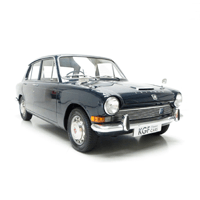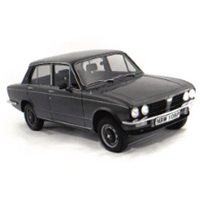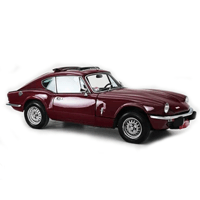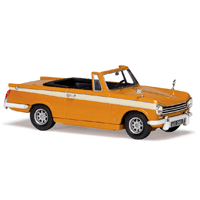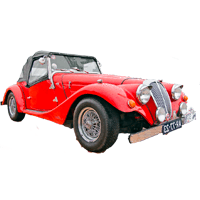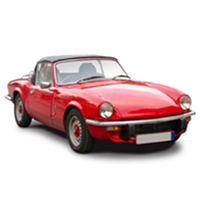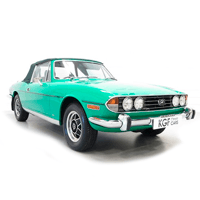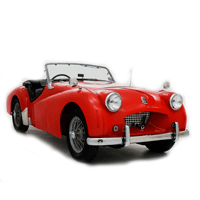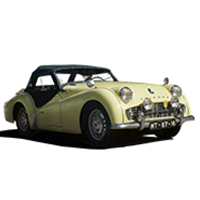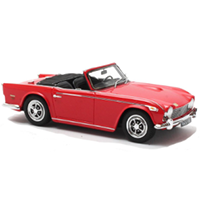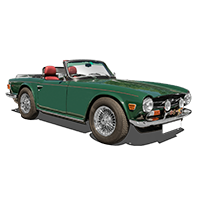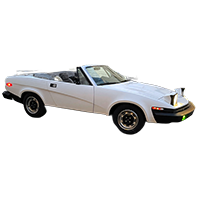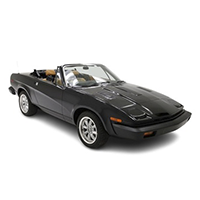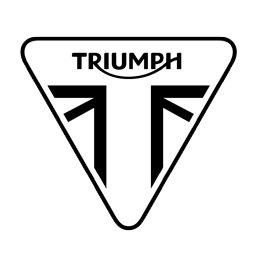
Catalog / Triumph
Triumph Motor Company: Iconic British Cars and Their Pricing
The Triumph Motor Company, a cornerstone of British automotive history, began its journey in 1885 when Siegfried Bettmann founded a bicycle company in Coventry. The transition to motorcycle production in 1902 marked the beginning of Triumph's motorized legacy. It wasn't until 1923 that the company produced its first automobile, the Triumph 10/20, setting the stage for decades of innovation in the four-wheeled world.
Throughout its history, Triumph has been synonymous with stylish, sporty cars that capture the essence of British motoring. The company faced numerous challenges, including factory destruction during World War II, but always managed to bounce back with renewed vigor. In 1945, the Triumph 1800 Roadster was introduced, becoming an instant classic and cementing Triumph's reputation for producing elegant sports cars.
One of the most significant moments in Triumph's history came in 1959 with the launch of the Herald. This small family car was notable for its innovative design, featuring a chassis that allowed for easy maintenance and repair. The Herald's success paved the way for other iconic models like the Spitfire, introduced in 1962, which became one of the best-selling British sports cars of its time.
The 1970s saw the introduction of the Triumph Stag, a luxury sports tourer that, despite its initial reliability issues, has become a highly sought-after classic. However, financial struggles led to Triumph becoming part of British Leyland, and eventually, production of Triumph cars ceased in 1984 with the last Triumph Acclaim rolling off the assembly line.
Interesting fact: The Triumph TR7, launched in 1975, was marketed as 'The Shape of Things to Come' and represented a radical departure from traditional Triumph designs with its wedge-shaped body.
Today, while new Triumphs are no longer produced, the brand's legacy lives on through its passionate community of enthusiasts and collectors. Classic Triumphs, from the nimble Spitfire to the elegant GT6, continue to be celebrated at car shows and rallies worldwide, testament to the enduring appeal of these quintessentially British sports cars.

